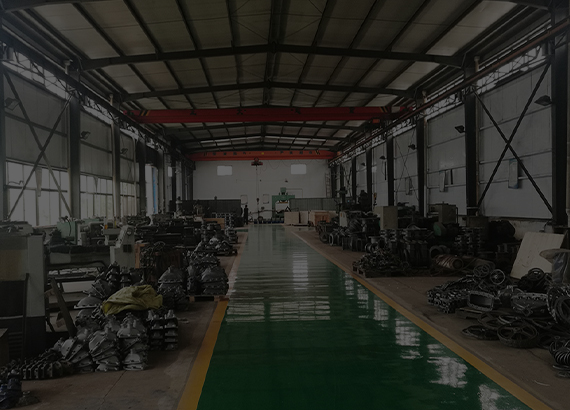9 月 . 27, 2024 06:35 Back to list
Flexible Connector Solutions for Mechanical Systems and Piping Applications
Understanding Rubber Joints A Comprehensive Overview
Rubber joints, also known as rubber expansion joints or flexible connectors, are vital components in various piping and ducting systems. They are designed to absorb vibrations, reduce noise, and allow for thermal expansion and contraction of pipes. This article delves into the definition, types, applications, and benefits of rubber joints, showcasing their importance in modern engineering.
At its core, a rubber joint is a flexible connection that accommodates misalignment and movement within piping systems. Typically made from a blend of natural and synthetic rubber, these joints are designed to withstand high pressures and temperatures, making them suitable for various industrial applications. The elasticity of rubber allows the joints to effectively absorb stresses from equipment operation while maintaining a secure seal.
There are several types of rubber joints, each tailored for specific applications
. The most common types include single sphere, double sphere, and tapered joints. Single sphere joints are often used in situations where moderate movement and vibration isolation are needed. Double sphere joints, with two elastic elements, allow for greater flexibility and are ideal for handling larger movements. Tapered joints provide a more streamlined connection, reducing turbulence and pressure drops in fluid flow.rubber joint

Rubber joints find their applications across numerous industries, including HVAC (heating, ventilation, and air conditioning), water treatment, chemical processing, and even marine engineering. In HVAC systems, rubber joints are used to connect ductwork, helping to manage vibrations from fans and compressors while maintaining air-tight seals. In wastewater and sewage systems, they facilitate the safe transport of liquids, preventing leaks and damage to surrounding infrastructures.
The advantages of rubber joints are manifold. Firstly, their ability to absorb vibrations significantly minimizes the risk of damage to adjacent equipment. Secondly, they help in reducing noise generated by fluid dynamics, leading to a quieter environment in industrial settings. Thirdly, the flexibility offered by rubber joints allows for easier installation, particularly in complicated piping layouts. Finally, they often require minimal maintenance, offering long service life and reliability under various operating conditions.
In summary, rubber joints play a crucial role in the integrity and efficiency of piping systems across various industries. Their ability to absorb vibrations, accommodate thermal expansion, and provide secure connections makes them indispensable in engineering practices. As industries continue to evolve, the importance of reliable components like rubber joints will only grow, underscoring the need for ongoing research and development in this area. The continued advancement in rubber technology promises even better materials and designs, ensuring that rubber joints will remain a fundamental element in modern infrastructure solutions.
Share
-
Understanding the Differences Between Wafer Type Butterfly Valve and Lugged Butterfly ValveNewsOct.25,2024
-
The Efficiency of Wafer Type Butterfly Valve and Lugged Butterfly ValveNewsOct.25,2024
-
The Ultimate Guide to Industrial Swing Check Valve: Performance, Installation, and MaintenanceNewsOct.25,2024
-
Superior Performance with Industrial Swing Check Valve: The Essential Valve for Any SystemNewsOct.25,2024
-
Industrial Swing Check Valve: The Ideal Solution for Flow ControlNewsOct.25,2024
-
You Need to Know About Industrial Swing Check Valve: Functionality, Scope, and PerformanceNewsOct.25,2024